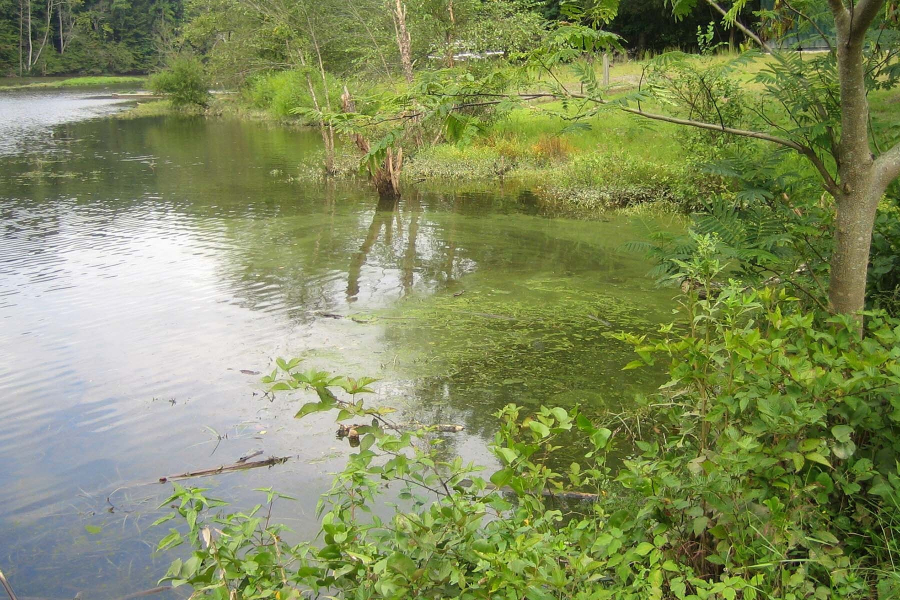When nutrient-fueled algae blooms die and decompose, they result in areas of little to no oxygen, known as dead zones.
About the author
Rachel is the Director of Communications for the Chesapeake Bay Program. She has the experience of growing up in a headwaters state--Pennsylvania--and is now living life right next to the Bay in Maryland. After obtaining her masters' in environmental policy and management from the University of Pittsburgh, she spent almost nine years with the Environmental Protection Agency before a stint with the National Aquarium. She loves to explore the watershed by hiking, paddleboarding and kayaking.
View all stories by this author


Comments
There are no comments.
Thank you!
Your comment has been received. Before it can be published, the comment will be reviewed by our team to ensure it adheres with our rules of engagement.
Back to recent stories